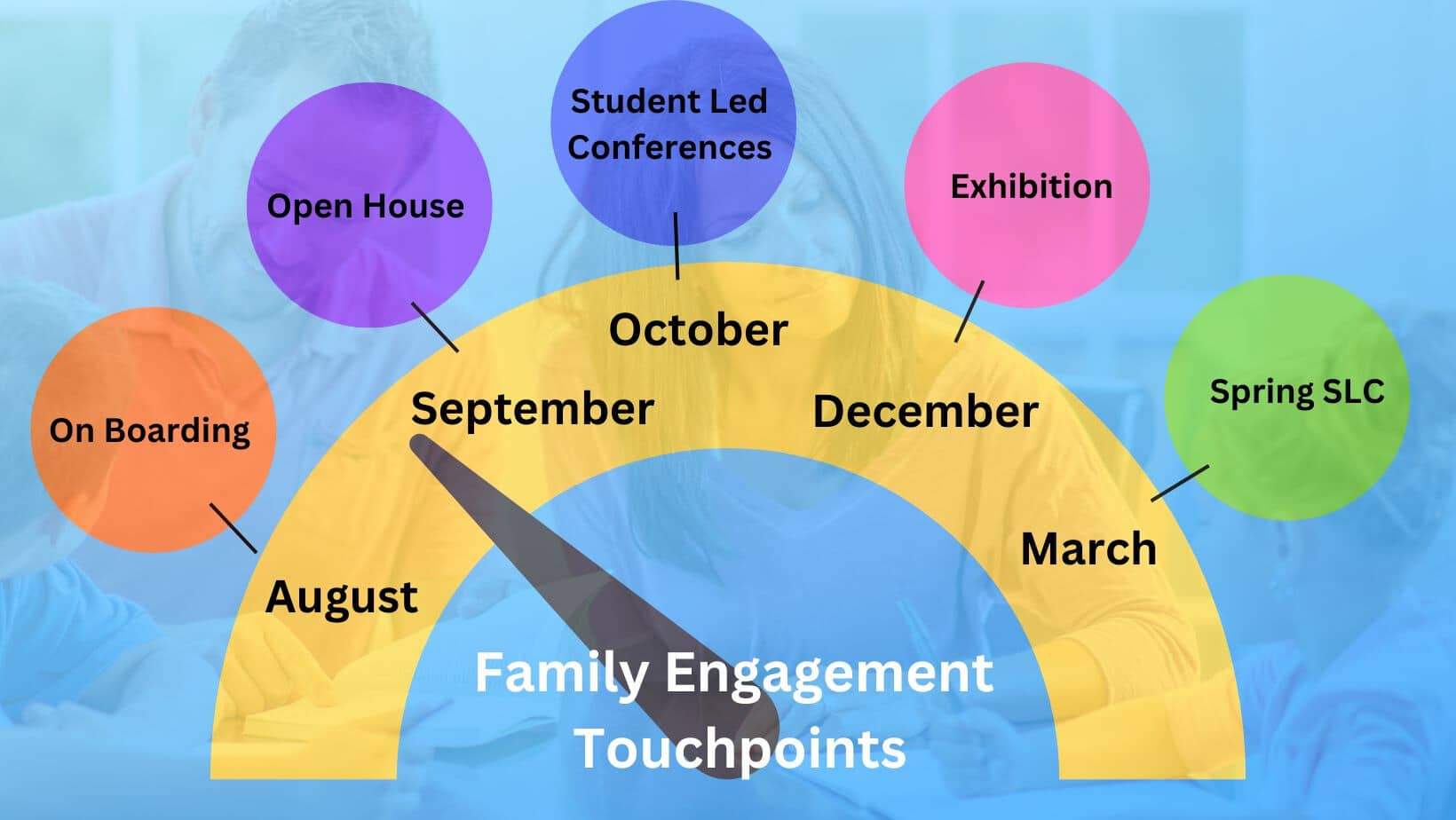
When the director of High Tech Elementary Explorer called us and said we got off the waitlist for kindergarten, we were thrilled. We didn’t know much about the school, but we knew that we wanted something different than what traditional education offered.
Our five-year old kindergartener seemed to grow up into a 9th grader in a flash. Over time, I realized that my role as an engaged parent was diminished. I received sporadic emails from the school, mostly about days off. As my daughter grew from elementary, to middle, and then high school, I was no longer invited into the classroom to read with students or volunteer. I never knew what was going on. I had to rely on my daughter to tell me. I wanted to support the school, but I felt like an outsider.
Other parents asked me all the time why there were no textbooks, why didn’t the students get homework, why were there no AP tests? I knew the answers, but I wondered how they were supposed to find out. I joined the Parent Association and started to publish a newsletter for the school. That was well-received. Families said they felt like they knew what was happening and how they could better support the staff and students. But they still didn’t understand the “why” behind progressive education. Why projects?
With 15 years as a producer and then executive producer in television news, I started to question. How was the parent community connected to the school community? How could the school harness the greatness of the parent community? How could the school build relationships between families and the staff? How do families learn about progressive education?
That was the lightbulb moment for me. Could a partnership between the school and families with open communication be the key to student success? Data from Dr. Karen Mapp of the Harvard Graduate School of Education shows that family engagement is a key driver of student achievement. A study of standards-based reform practices done by Westat and Policy Studies Associates (2001) for the U.S. Department of Education looked at their impact on student achievement in 71 Title One elementary schools. In schools where teachers reported high levels of outreach to parents, test scores grew at a rate 40 percent higher than in schools where teachers reported low levels of outreach.
Mapp defines the term “family engagement” as “a full, equal, and equitable partnership among families, educators, and community partners to promote children’s learning and development from birth through college and career.”
My journey continued. I joined the staff of the school as the communications specialist and family engagement coordinator to build relationships and invite parents “in”, not just by asking families for money or driving on field trips, but by truly creating a partnership with our families. Finding ways to invite the genius of all the stakeholders into the classroom.
I tried inviting parents to Project Tunings, to be guest experts in the classrooms, to serve on panels, to help students practice interview skills and to be mentors during internships.
What I’ve learned is that there are touchpoints throughout the school year that make great opportunities to build relationships with families (see figure 1).

At High Tech High, we identified five of these “touch points”:
The question we asked ourselves was “How can we build trust and relationships with our families at each touchpoint?” Since High Tech High is a school system based on progressive education, which is new to most of our families, how do we bring them along on this journey and teach them along with students about what school can look like?
This is a work in progress, but here are some early answers to these questions that we have already put into practice:
Some of these may seem hard to do, especially without an engagement coordinator or communications director, so here are some small steps you can easily implement in your classroom or school:
Whether you take small steps in the classroom or larger steps as a school, building that culture of trust and of a strong school-family partnership can only lead to positive outcomes for our students and community.
US Department of Education. (2001). “Archived: The Longitudinal Evaluation of School Change and Performance (LESCP) in Title I Schools, Highlights.” https://www2.ed.gov/offices/OUS/PES/esed/lescp_highlights.html.
Mapp, K. (2013). The Dual Capacity Building Framework for family-school partnerships. Partners Education in A Dual Capacity-Building Framework for Family–School Partnerships. https://www2.ed.gov/documents/family-community/partnership-frameworks.pdf
Tags: